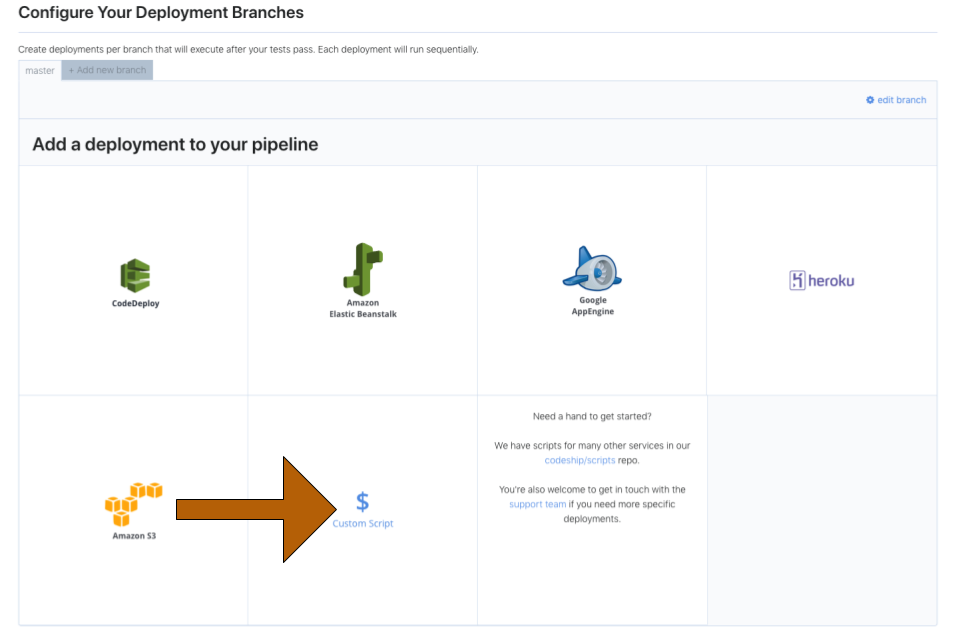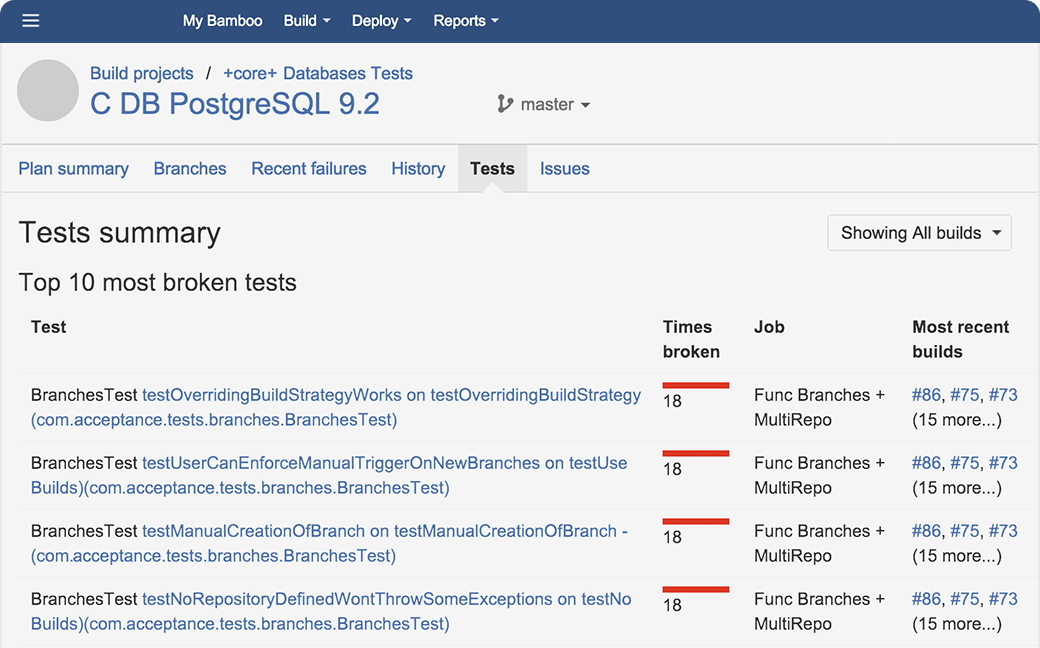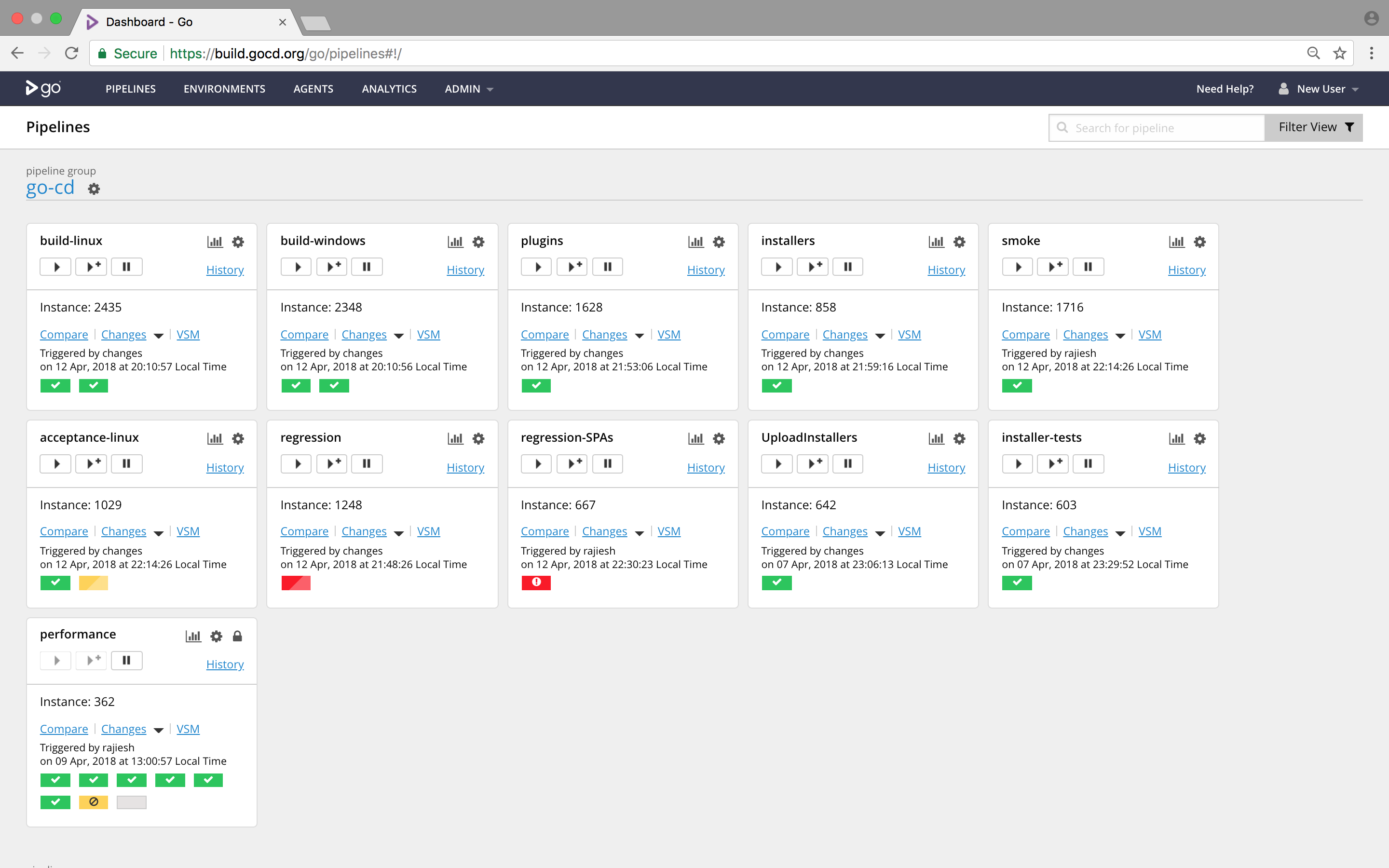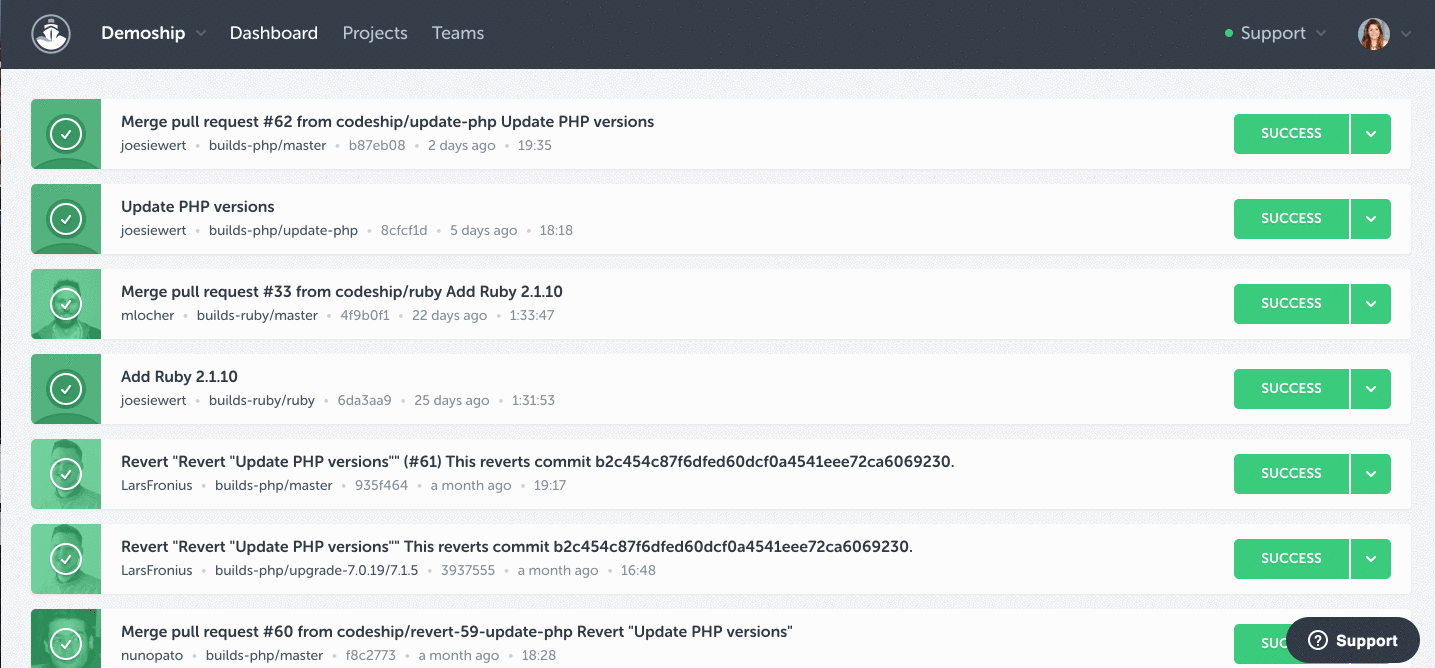Developers love to write pieces of code that look like artwork and perform beautifully and flawlessly — at least in their own development environment.
But eventually, they have to integrate that artwork with other pieces of art, written by other coders. And the result may not be as beautiful. If only the integration part could be someone else’s responsibility… right?
Well, it turns out, it can be. The whole purpose of continuous integration (CI) and its set of automated tools is to free your programming resources from the hurdles of testing, building, deploying, and delivering.
As a project grows, the number of things that need to get integrated grows faster, and the backtracking tasks — those that need to be carried out to find the source of errors — start consuming more time that the coding tasks themselves. CI intends to help developers overcome integration difficulties and keep their focus on what they love to do: write code.
Basically, CI is a development practice that requires coders to integrate they work into a shared repository — something called check-in — several times a day. CI automated tools verify and test each check-in and rebuild the integrated solution each time, reporting errors and allowing the team members to solve them quickly.
What to look for in a CI automation tool?
There are quite a few such tools in the market, and there are many differences between them, so choosing the right one for a development team is not an easy task. Nevertheless, there are some desirable features that you should check when evaluating any of them:
- Easy setup: your team members are developers, not IT pros. So, the CI tool should allow for easy installation and setup, so your team could start enjoying its benefits right away.
- Ease of use: the least the team members need to know about the tool, the better. Ideally, it should work completely in the background, and coders should only need to learn how to check-in and how to view the building and deploy results.
- IDE integration: this item is related to the ease of use, focusing on helping developers do all of their work without leaving the IDE of their choosing — whichever it be. The same applies to the language: the CI tool should be language-agnostic, so your team won’t need to learn anything new to use it.
- Integration with cloud platforms, such as Microsoft Azure, Google Cloud, or AWS: this kind of integration is important to speed up the upload time of the software to the cloud.
- Extensible architecture: addons and plugins are a great way to add functionality to an automated CI tool that doesn’t come out of the box.
With these aspects in mind, let’s take a look at the best CI automation tools created to make developers’ lives happier.
Jenkins
Jenkins is a popular, open-source automation server for continuous integration, with hundreds of plugins and a friendly user interface. It is intended to automate all building and deploying tasks for software development projects of any size.

The Jenkins server is available for Windows, Mac-OS, Linux, and other Unix flavors. It provides simple installation and update procedures, and it can be easily configured through a graphical user interface. It is designed as an extensible automation server, so it can be used just as a CI server or turned into a full-fledged continuous delivery hub.
A master-slave architecture lets Jenkins support distributed builds and build schedules based on expressions. It offers notifications on the build status and supports command execution in pre-build steps, to let developers fine-tune the building pipeline.
If you don’t want to install and manage Jenkins yourself, then you may go for a reliable Jenkins hosting platform.
Learning Jenkins is easy, you can check out this zero to hero course.
Bamboo
Created by Atlassian — the developers of much popular teamwork software, such as Jira and Trello — Bamboo is continuous integration, deployment, and delivery solution that lets you put together and automate builds, tests, and releases within a single workflow.
Bamboo stands out for providing end-to-end visibility of releases, quality metrics, and status.

Bamboo allows for projects of any size, letting you scale your build capacity by connecting servers on your network through Amazon Elastic Compute Cloud (EC2). An Agent Matrix feature lets you easily assign builds to the right agents, visualizing the system requirements for each build.
Built-in Git and Mercurial branching let Bamboo automate the process of merging branches from both version control systems. Bamboo takes care of the branch detection, building, testing, and merging tasks, in order to deploy code continuously to production or staging environments, based solely on the branch name.
A basic Bamboo on-premises license, with capacity for unlimited local agents and zero remote agents, costs $ 10 and includes a 12 month support period if you need remote agents, the price scales according to the number of them.
CircleCI
As a cloud-based CI solution, CircleCI is naturally multi-platform and suitable for distributed teams, with a lot of customization options. It supports many different languages, including Java, Python, JS, Haskell, Ruby on Rails and Scala, although its only option for version control is Github.
CircleCI is more than a CI tool.
It is better described as a central hub where code goes all the way from idea to delivery. It has a large user base, being one of the most used DevOps tools, processing more than a million builds per day. Users of CircleCI appreciate its unique dashboards with stats and data about how teams work and how their code runs, helping them to improve productivity and reduce time-to-market.
Although it is not a free tool, it has a free tier that lets you get quite far before paying. Once your needs exceed what the free tier offers, an intelligent pricing scheme comes into force, starting at $ 30 per month and scaling according to the work volume.
Buddy
Perhaps one of the best ways to sum up Buddy’s features as a CI tool is to mention its 12 seconds of average deployment time, or its 15-minute configuration procedure, done through a clear and understandable user interface.
Buddy uses pipelines to build, test, and deploy software. Team leaders can create those pipelines choosing from over 100 ready-to-use actions that can be arranged in any way. The results show up in more frequent deployments and substantially lower post-deployment failure rates.

Buddy is a smart CI tool, designed to lower the developer’s entry threshold to DevOps. It supports all popular languages, frameworks, and task managers, and it integrates with AWS, Azure, DigitalOcean, Google Cloud, and more.
It also offers the option of using it on-cloud or on-premises. The cloud option allows for a free account, with a limit of 5 projects and 120 execution limit per month. When your work volume exceeds those limits, there’s a $ 75 or $ 200 monthly fee, according to the number of projects or resources needed. The on-premises pricing varies according to the number of users and starts at about $ 25 per user.
GoCD
Although its name suggests this one is more of a CD (continuous delivery) tool, GoCD is actually an open-source CI server, used to easily visualize and model complex workflows. It provides an intuitive interface for building CD pipelines and get software deployed to production in a secure manner.
Pipelines can be treated as regular code checked into source control, which allows for pipeline versioning and backtracking.

GoCD supports JSON and YAML formats to give you the ability to skip the user interface when managing your config. It also supports parallel and sequential execution, allowing for team leaders to easily configure dependencies. Workflows can be visualized in realtime and from end to end, thanks to GoCD’s value stream mapping feature, which allows you to trace a commit all the way from check-in to deployment.
GoCD community and plugin ecosystem extend the server and agents functionality in terms of more elastic agents, artifacts, notifications, and more.
GitLab
GitLab provides continuous integration as part of its version control offering. Its CI tool is included as a web app with an open API that manages projects through a friendly user interface, integrating with all GitLab features. Through this API, developers can create even deeper integrations with the product.

GitLab CI helps developers turn ideas into production by finding potential improvements to their development processes. Its pipelines build, test, deploy, and monitor code as part of a single, integrated workflow. Developers share each new piece of code in a merge request, which triggers the pipeline that performs all the validation tasks prior to merging the changes within the source code repository.
GitLab CI helps developers catch and reduce bugs early in the development cycle, while continuous delivery moves verified code faster to users and stakeholders. It offers a free plan with all stages of the DevOps lifecycle and up to 2000 CI/CD minutes. Paid plans start at $ 4 per user/month and add more control over source code, better support, more CI/CD minutes, among other premium features.
Interested in learning GitLab CI/CD? Check out this Udemy course.
CodeShip
A simple and flexible CI tool, designed to help small and growing teams with a fast continuous integration solution. CodeShip adapts to the developers’ preferences, letting them choose between getting everything set up for them instantly, or customizing the environment and workflow in order to maximize productivity.

CodeShip integrates with virtually any tool, service, or cloud, letting team leaders add the features they need — deployments, notifications, code coverage, security scanning, version control, etc. — to design the perfect workflow for their organizations. Its centralized team management tools and dashboards give access to debug builds and allow for debugging without leaving the CI environment.
CodeShip offers a forever-free version that allows for up to 100 builds per month, with unlimited projects and team members. If 100 builds per month are not enough, you can scale to the paid version ($ 49 per month) and get unlimited monthly builds. There are also options to pay for more concurrent builds and more parallel pipelines, or large instance sizes.
Nevercode
A fully-automated, cloud-based CI, and delivery service that eliminates all need for human interaction. Nevercode automatically builds the project for every commit and runs all tests on an emulated environment or on the real hardware. It has an easy to use interface and good, understandable documentation, which allows for fast adoption, without steep learning curves.

Nevercode automates the entire development process, from idea to delivery, and integrates with a lot of tools to shape comprehensive workflows. Among its features, the concurrent builds outstand for letting you automate several builds simultaneously. Each project is rebuilt with every code push to GitHub, Bitbucket, or GitLab, giving immediate feedback.
The automatic setup for iOS, Android, Cordova, Ionic, React Native & Flutter projects is also a noteworthy feature, and release automation, which enables integration with Google Play, iTunes Connect, TestFairy, HockeyApp, and Crashlytics, gives the finishing touch to the recipe.
Nevercode has different pricing plans, starting a $ 99 per month, allowing for two apps, two concurrent builds, a 45-minute build timeout, and unlimited builds.
Choose the tool that makes your coders happier.
It is a fact that happy programmers make better software. Therefore, any tool that promotes a happy work environment for your team will undoubtedly improve the quality of the final software product. Keep that in mind when choosing a continuous integration tool, and you will have a team of happy programmers proudly creating high-quality software products.



